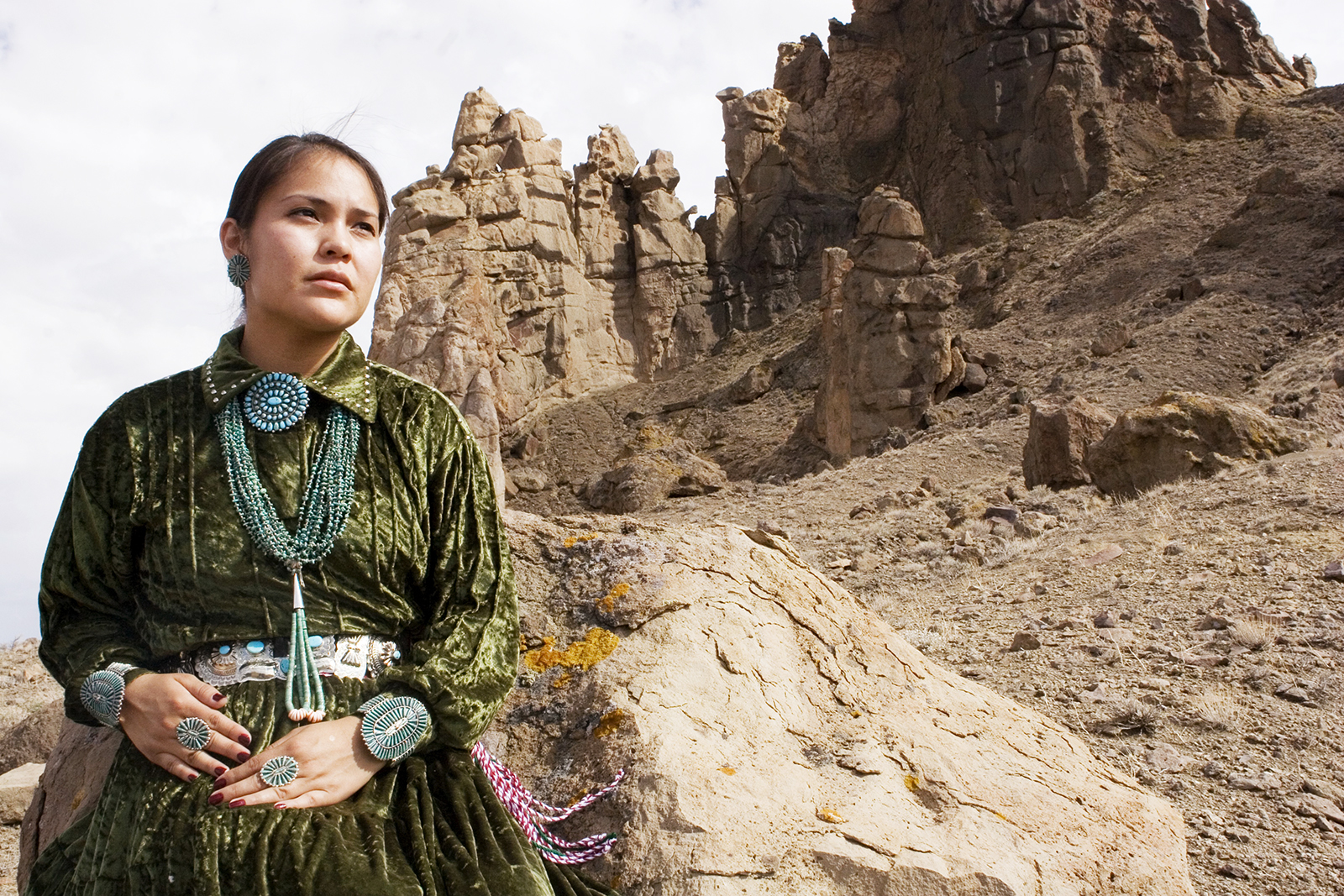Q&A: Film and Television Archive director discusses Native American series

Director of UCLA Film and Television Archive Jan-Christopher Horak co-curated “Through Indian Eyes: Native American Cinema,” the next film series presented at the Billy Wilder Theater. The series aims to present Native American cinema to a wider audience.
(Courtesy of UCLA Film and Television Archive)
By Yazmine Mihojevich
Oct. 7, 2014 12:00 a.m.
Native American cinema reflects the personal voices of Native American artists, exposing a range of multifaceted experiences, histories and cultures.
Running from Oct. 4 to Dec. 15 at the Billy Wilder Theater, “Through Indian Eyes: Native American Cinema” presents a repertoire of Native American films, specially selected from several hundred viewed and researched works, to encompass and present the breadth and vitality of Native American cinema to wider audiences.
The Daily Bruin’s Yazmine Mihojevich spoke with director of the UCLA Film and Television Archive Jan-Christopher Horak about the Archive’s film series and Horak’s hopes for audience members.
Daily Bruin: In your Archive Blog, you expressed that there has been a surge in Native American filmmaking within the last 20 years. Can you describe the development of Native American cinema and what led to this surge?
Jan-Christopher Horak: Literally, for the first 100 years after the birth of cinema, images of Native Americans were produced almost exclusively by Hollywood and by European-originated Caucasians. Sometime in the early 70s, Native Americans started to get quite vocal about the racism of Hollywood images and started pushing to produce their own images. That took a while because most of the filmmaking we’re talking about was independent filmmaking, so there was not a whole lot of support from any public funding. The big change for me would be the development of lower-cost videotape and digital film. Cost of production dropped significantly so that many Native Americans who had ambitions of being filmmakers could pick up a camera and start shooting.
DB: Was there a lot of planning that went into the creation of the series in terms of its chronological order?
JCH: Most of the films are from the 1980s onward. We were concerned less with chronology, (but) first of all having a representative sample of Native American directors. We also wanted a representative cross-sampling of various tribes, both in the United States and Canada, because not all Indians are the same. One major complaint of Native American filmmakers about Hollywood has been that all Native Americans look the same in Hollywood productions.
DB: How do Native Americans present themselves in non-Hollywood Native American cinema? How does this compare to representations in Hollywood cinema?
JCH: One aspect of this Native American work is to talk back to Hollywood – that every tribe is different; people are individual. The Native Americans who live on the reservations are very different than those who have assimilated into mainstream culture, and they have very different problems. There is a cliché that Native Americans are plagued by alcoholism and poverty and, of course, those are serious issues that some of the films deal with, but there are many Native Americans (for whom) that is not an issue. The films really try to present a very differentiated and individualized view of their own culture and concerns.
DB: Are there any common themes and issues that we will see in this series?
JCH: There are many that have to do with the history (of Native Americans). The United States and Canada, to a lesser degree, pursued policies of genocide in both the 19th century and in the 20th century. A policy of radical assimilation put (Native Americans) into state schools where, (as told) in one film, they tried to drive the ‘Indian’ out of them and turn them into white people. Many Native Americans have identity issues because they went through that school system. There are complaints about how lands have been taken away, how their rights are still being encroached upon and, even in the lands they control, there is still the issue of alcoholism and poverty. There are issues (that are not) the continued use of older racial stereotypes but still a certain kind of stereotype. All of these are issues in the films.
DB: What is needed to bring Native American cinema to larger mainstream audiences?
JCH: Our remedy for that exact question is to do the series and to get the work out there in front of mainstream audiences in Los Angeles and other major American and Canadian cities and to hopefully expose audiences to this type of work.
DB: What do you hope audience members will leave with after viewing a film in the series?
JCH: I do hope that, like me, after viewing a film, they develop a little more sensitivity in terms of the feelings of Native Americans and also a better understanding that they are a minority but they are definitely here, that they are around us and that they are not invisible and they shouldn’t be invisible.
Compiled by Yazmine Mihojevich, A&E; contributor.


